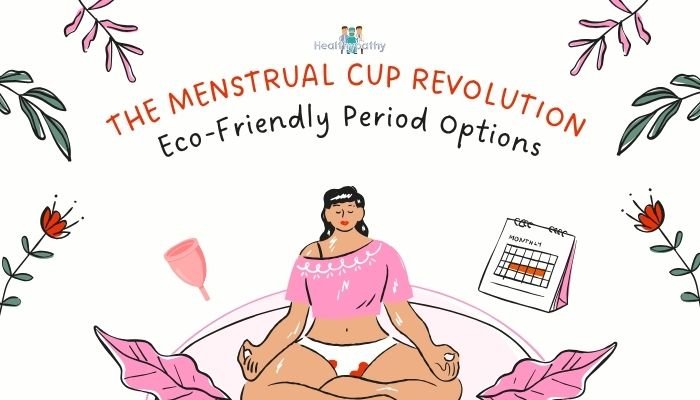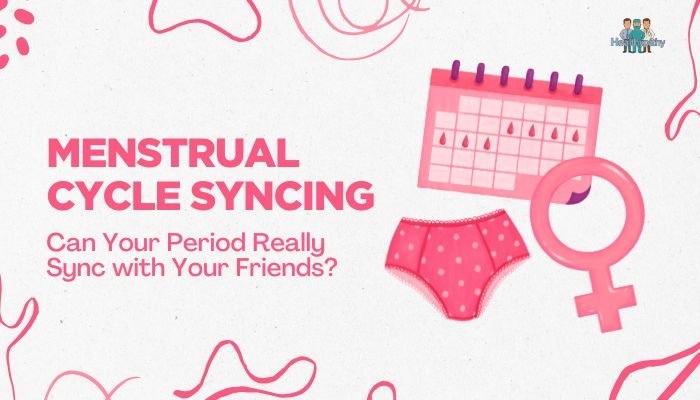Introduction
Menstrual cups have emerged as a game-changer for period care—offering a reusable, planet-friendly alternative to single-use pads and tampons. Whether you’re prioritizing sustainability, cost-effectiveness, or comfort, cups can provide a practical solution for managing menstrual flow. Still, many first-timers are unsure how they work or how to pick the right size and shape. This article dives into why menstrual cups are hailed as a revolution, how to use them, and what to keep in mind when you’re making the switch.
What Is a Menstrual Cup?
A menstrual cup is a bell-shaped device typically made from medical-grade silicone or latex rubber. You insert it into the vagina, where it collects (rather than absorbs) menstrual fluid. Unlike pads or tampons, you can empty, rinse, and reinsert the cup multiple times per day, thoroughly sanitizing it between cycles for reuse.
Key Benefits
- Reusable: Lasts for years with proper care, cutting down on waste and monthly expense.
- Capacity: Menstrual cups often hold more fluid than tampons, meaning fewer bathroom breaks on heavier days.
- Reduced Dryness: Because cups don’t absorb vaginal moisture, many women find less irritation or dryness compared to tampons.
- Odor Control: Properly inserted cups create a seal that reduces the chance of odor typically associated with other disposable period products.
Eco-Friendly and Budget-Saving Advantages
Environmental Impact
Disposable period products—pads, tampons, applicators—contribute significantly to plastic pollution. A single cup can replace hundreds, if not thousands, of single-use items over its lifespan (often 1–5 years or more). Fewer materials end up in landfills, incinerators, or oceans.
Long-Term Savings
While a quality cup’s upfront cost might be higher (often ranging from $20–$40), it pays off after just a few cycles. By not buying monthly supplies of disposable products, many users recoup the cost quickly. Over time, the savings can be considerable, making cups an excellent budget-friendly option.
Choosing the Right Cup
Sizing and Firmness
Most brands offer different cup sizes—commonly one recommended for individuals who have never given birth or are under 30, and another for those who have delivered vaginally or are over 30. However, factors such as cervical height, pelvic floor strength, and flow heaviness also matter:
- Smaller Cups: Good for lighter flows or younger users.
- Larger Cups: Handle heavier flows, may suit those who have had children or older users.
- Firmness Levels: Firmer cups can pop open more easily, which is great for some, but might be uncomfortable for those with sensitive pelvic muscles.
Material and Brand
Quality silicone is generally comfortable, hypoallergenic, and safe for internal use. Some brands use TPE (thermoplastic elastomer) or latex. Choosing a reputable brand ensures consistent material quality and design.
Trial and Error
Because anatomies vary, finding the ideal cup can involve trying more than one brand or size. Luckily, many communities share user reviews or tips, making selection less daunting.
How to Insert and Remove a Menstrual Cup
- Fold the Cup: Common folds include the “C-fold” or “punch-down fold.”
- Relax the Muscles: Tension can hinder proper insertion.
- Insert: Slide the folded cup into the vagina, then let it open fully. A slight twist may help form the seal.
- Check Placement: If sealed properly, you shouldn’t feel pain or leaking. The stem should sit no more than a fingertip from the vaginal entrance (but not necessarily protruding).
- Removing: Gently pinch the base to break the seal, then pull out slowly.
- Empty, Rinse, and Reinsert: Typically every 8–12 hours, though heavier flows may require emptying more often.
Cleaning and Maintenance
- During Your Period: Rinse with mild, unscented soap and water.
- Between Cycles: Boil or sterilize according to manufacturer instructions. Store in a breathable pouch.
- Avoid Harsh Chemicals: Scented washes or strong cleaning agents can degrade the silicone or cause irritation.
Common Concerns and Myths
- Will It Get “Lost” Inside Me?
The cervix and vaginal canal structure prevent a cup from traveling to other body regions. You may need to bear down or relax pelvic muscles to retrieve it, but it can’t vanish into your abdomen.
- Is It Messy?
Removing a menstrual cup can be done neatly with practice. Initially, spillage can happen if you break the seal incorrectly. Over time, most users master removal in a clean, efficient manner—even in public restrooms.
- Can I Wear It Overnight or During Sports?
Yes. When properly inserted, cups remain stable for up to 12 hours, making them suitable for sleeping, running, swimming, or yoga. They won’t absorb pool water or cause dryness like tampons sometimes do.
Who Might Find Cups Challenging?
- Those with Physical Restrictions: Some women with limited hand or finger dexterity might find insertion/removal tricky.
- Uterine or Vaginal Anatomy Anomalies: Unusually low cervix or significant prolapse may require specialized designs or professional guidance.
- Personal Preference: If you’re uncomfortable with direct contact with menstrual fluids, adjusting to a cup may take time, but many find it worth the learning curve.
Final Tips for Success
- Patience and Practice: Mastering insertion and removal technique can take a few cycles.
- Consider a Backup: Early on, using a panty liner or pad helps build confidence until you’re sure the cup is sealed.
- Stay Hydrated: Not just for overall health—good hydration can help keep your vaginal tissues balanced.
- Seek Guidance: Friends, forums, or medical professionals can offer advice. Don’t hesitate to get help if you’re experiencing consistent leakage or discomfort.
Conclusion
Menstrual cups continue to gain popularity as an eco-friendly, cost-effective, and comfortable solution for period management. While choosing the right size or brand can involve some trial and error, users often report that the convenience, reduced monthly costs, and benefits for the environment make cups a worthwhile switch. By understanding insertion techniques, practicing proper cleaning, and overcoming initial hesitancies, many women embrace the menstrual cup revolution, experiencing greater freedom and confidence throughout their cycle.
References
- North BB, Oldham MJ. Preclinical, clinical, and over-the-counter data supporting fundamental menstrual cup hygiene and safety. J Womens Health. 2020;29(8):1041–1047.
- van Eijk AM, Zulaika G, Lenchner M, et al. Menstrual cup use, leakage, acceptability, and cost: a systematic review. Lancet Public Health. 2019;4(8):e376–e393.
- Beksinska M, Greener R, Todd C, Lee T, Smit J. Acceptability and performance of the menstrual cup in South Africa. Contraception. 2019;99(5):323–328.
- Howard C, Rose CL, Trouton K, et al. FLOW (finding lasting options for women): a pilot study of menstrual cups in young women. J Obstet Gynaecol Can. 2011;33(4):350–356.







